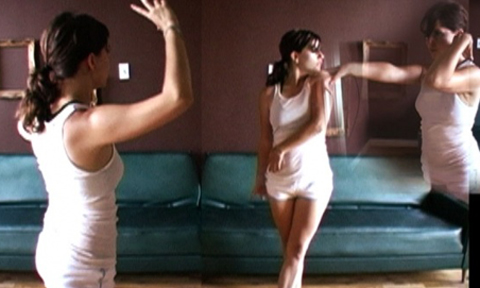
Benin – Kings and Rituals: Court Arts from Nigeria, an exhibition organized by the Art Institute on view in Regenstein Hall until September 21, 2008, is a show that demands a minimum of two visits. The first visit to simply look at the vast array of objects and the second to absorb the massive amounts of information presented in the exhibition’s wall text that works to fully contextualize and vivify these aesthetic objects.
This exhibit is large in size and scale. The objects displayed span three hundred years of West African history, culminating in works that deal with the British colonial encounter and its aftermath. The artworks exhibited here reflect a variety of uses, forms, and materials. There is a remarkable stability evident in terms of certain representational conventions that persist throughout the scope of the show. The works are for the most part figurative and manifest the various colonial incursions that unfolded during the years covered by the show.
It is interesting to trace this history through fashion and the incorporation of dress appropriated from the various waves of colonial interlocutors. That is to say that the objects already tell the history that the text and photos flesh out in painstaking detail. Furthermore, the incorporation of many different versions of similarly styled objects encourages one to take one’s time in discerning the different function and affect of each permutation.
The show does an excellent job of incorporating photos and text that elucidate the ways in which the objects displayed are utilized in the various royal-religious rituals throughout the kingdom’s history. This exhibit works to and succeeds in indicating that these objects are not simply operating as aesthetic finery but are in fact a part of a living culture. This is no simple task to execute in an art museum context, whose duty in many ways is to de-contextualize and seal off art from its societal context and function in order to isolate for the viewer a contained aesthetic experience. This is not to say that the exhibit diminishes the compositional and technical Bsophistication of these brilliantly rendered works but rather that a delicate balance is struck: a balance between the ethnographic present, historical past, and the ahistorical or timeless quality of their status as aesthetic objects.
This show not only warrants two visits but also requires a lot of time to carefully scrutinize each work and to consider its function as a functional, aesthetic, and historical object. This show is best taken as a visit separate from the rest of Art Institute collection due to the high density of information and great number of objects. However demanding the show may be it is well worth the effort as this is the show’s only stop in North America and is wonderfully executed, highly informative, and sensitively curated.







